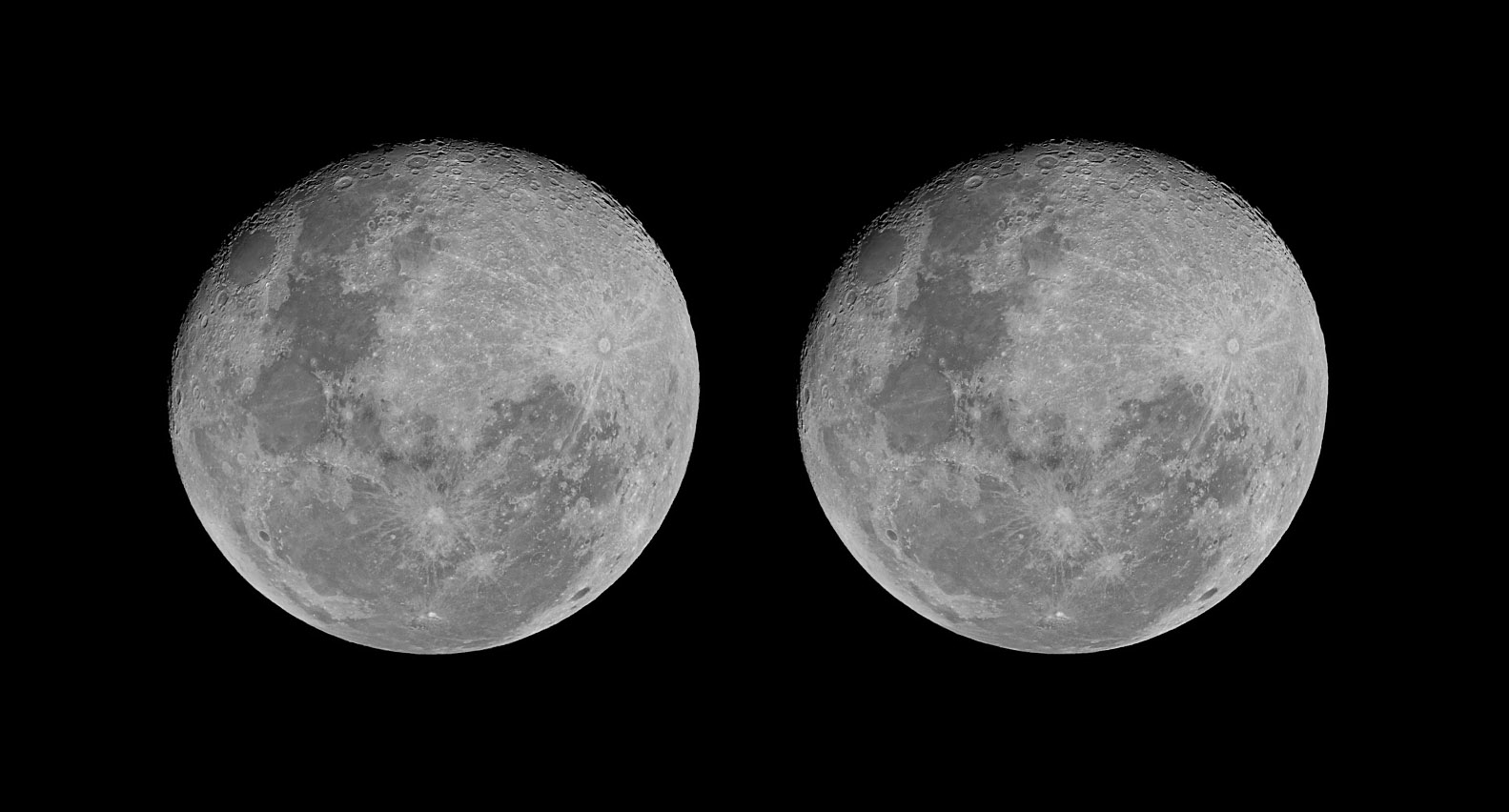Difference between revisions of "June 7, 2012"
| Line 1: | Line 1: | ||
__NOTOC__ | __NOTOC__ | ||
=Moon Unaffected by Transit= | =Moon Unaffected by Transit= | ||
| − | |||
<!-- ws:start:WikiTextHeadingRule:0:<h1> --> | <!-- ws:start:WikiTextHeadingRule:0:<h1> --> | ||
<!-- ws:start:WikiTextLocalImageRule:6:<img src="/file/view/LPOD-Jun7-12.jpg/343397386/LPOD-Jun7-12.jpg" alt="" title="" style="width: 1000px;" /> -->[[File:LPOD-Jun7-12.jpg|LPOD-Jun7-12.jpg]]<!-- ws:end:WikiTextLocalImageRule:6 --><br /> | <!-- ws:start:WikiTextLocalImageRule:6:<img src="/file/view/LPOD-Jun7-12.jpg/343397386/LPOD-Jun7-12.jpg" alt="" title="" style="width: 1000px;" /> -->[[File:LPOD-Jun7-12.jpg|LPOD-Jun7-12.jpg]]<!-- ws:end:WikiTextLocalImageRule:6 --><br /> | ||
| − | <em>image by [mailto:lrargerich@gmail.com Luis Argerich], Buenos Aires, Argentina</em><br /> | + | <em>image by [mailto:lrargerich@gmail.com" rel="nofollow Luis Argerich], Buenos Aires, Argentina</em><br /> |
<br /> | <br /> | ||
I live in South America so I missed the transit of Venus, to add insult to injury the day was clear. To calm myself I took a silly project with the Moon as the subject. The photo on the left shows the Moon during the transit, the photo on the right shows the Moon once the transit was over. As the Moon reflects the light of the Sun; when the Sun is (very) partially eclipsed by Venus the brightness of the Moon is diminished. Of course this variation is so small that can't be seen with the naked eye and probably can't be detected with a photo. So this photo has really little or no scientific value. If there's any change of brightness it's probably because of the Moon position in the sky or atmospheric conditions. Yet it is a nice way to remember the transit for those that couldn't see it. The Moon tells the story.<br /> | I live in South America so I missed the transit of Venus, to add insult to injury the day was clear. To calm myself I took a silly project with the Moon as the subject. The photo on the left shows the Moon during the transit, the photo on the right shows the Moon once the transit was over. As the Moon reflects the light of the Sun; when the Sun is (very) partially eclipsed by Venus the brightness of the Moon is diminished. Of course this variation is so small that can't be seen with the naked eye and probably can't be detected with a photo. So this photo has really little or no scientific value. If there's any change of brightness it's probably because of the Moon position in the sky or atmospheric conditions. Yet it is a nice way to remember the transit for those that couldn't see it. The Moon tells the story.<br /> | ||
<br /> | <br /> | ||
| − | <em>[mailto:lrargerich@gmail.com Luis Argerich]</em><br /> | + | <em>[mailto:lrargerich@gmail.com" rel="nofollow Luis Argerich]</em><br /> |
| − | PS: I know [http://www.nasa.gov/mission_pages/hubble/science/transit-mirror.htm NASA] was doing something similar with the Hubble telescope measuring the change of brightness of the Moon as a way to experiment how to search for life on exoplanets.<br /> | + | PS: I know [http://www.nasa.gov/mission_pages/hubble/science/transit-mirror.htm" rel="nofollow NASA] was doing something similar with the Hubble telescope measuring the change of brightness of the Moon as a way to experiment how to search for life on exoplanets.<br /> |
<br /> | <br /> | ||
<strong>Related Links</strong><br /> | <strong>Related Links</strong><br /> | ||
| − | Luis' [http://www.luisargerich.com website]<br /> | + | Luis' [http://www.luisargerich.com" rel="nofollow website]<br /> |
<br /> | <br /> | ||
<hr /> | <hr /> | ||
Revision as of 22:32, 4 January 2015
Moon Unaffected by Transit

image by " rel="nofollow Luis Argerich, Buenos Aires, Argentina
I live in South America so I missed the transit of Venus, to add insult to injury the day was clear. To calm myself I took a silly project with the Moon as the subject. The photo on the left shows the Moon during the transit, the photo on the right shows the Moon once the transit was over. As the Moon reflects the light of the Sun; when the Sun is (very) partially eclipsed by Venus the brightness of the Moon is diminished. Of course this variation is so small that can't be seen with the naked eye and probably can't be detected with a photo. So this photo has really little or no scientific value. If there's any change of brightness it's probably because of the Moon position in the sky or atmospheric conditions. Yet it is a nice way to remember the transit for those that couldn't see it. The Moon tells the story.
" rel="nofollow Luis Argerich
PS: I know " rel="nofollow NASA was doing something similar with the Hubble telescope measuring the change of brightness of the Moon as a way to experiment how to search for life on exoplanets.
Related Links
Luis' " rel="nofollow website



